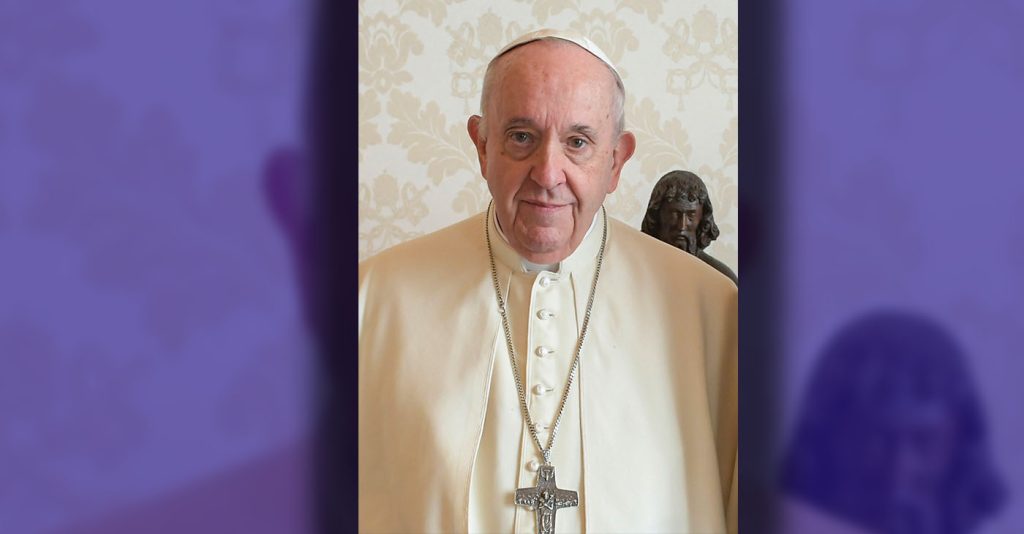Pope Francis, the first Latin American pontiff and a global voice for the poor, immigrants, and the environment, died Monday at age 88. Cardinal Kevin Farrell announced his death from the Domus Santa Marta, the Vatican residence where Francis chose to live instead of the Apostolic Palace. “At 7:35 this morning, the Bishop of Rome, Francis, returned to the home of the Father,” said Farrell. “His entire life was dedicated to the service of the Lord and of his Church.” Church bells rang across Rome as word spread. The pope had been hospitalized since mid-February with double pneumonia, marking his longest hospitalization during his 12-year papacy. Despite his declining health, he finally appeared before thousands in St. Peter’s Square on Easter Sunday.
Born Jorge Mario Bergoglio in Buenos Aires, Argentina, on December 17, 1936, Francis was the son of Italian immigrants. A former chemical technician, he entered the Jesuit order in 1958, was ordained in 1969, and rose through the ranks to become Archbishop of Buenos Aires in 1998 and Cardinal in 2001. Elected pope in 2013 following Benedict XVI’s resignation, Francis quickly distinguished himself with a reformist tone. He rejected the papal palace and wore simpler vestments. He condemned economic exploitation, called for urgent action on climate change, and made the inclusion of migrants, the poor, and LGBTQ+ Catholics central to his mission. However, his papacy also deepened tensions within the Catholic Church, especially in the United States. While Francis urged compassion and social justice, many American Catholics—particularly white conservatives—supported political figures whose policies ran counter to the pope’s teachings.
In a February op-ed for the National Catholic Reporter, writer Alessandra Harris addressed the disconnect: “We are living in a time when self-professed Catholics are not only turning a blind eye to evil but have elected and are supporting President Donald Trump, who is against diversity, against immigrants, against the poor.” Harris cited a long history of racism in the Church, from segregation and exclusion in Catholic schools and neighborhoods to the silence of Church leaders during Jim Crow and beyond. She noted that 59% of white Catholics voted for Trump, writing that “the Catholic Church is once again siding with white supremacy or hoping to benefit from its proximity to whiteness at the expense of people who are Black, Native, noncitizens and LGBTQIA+.” Though Pope Francis spoke forcefully against racism, xenophobia, and exclusion, the institutional Church in the U.S. has often lagged behind his moral calls. “Trampling upon a person’s dignity is a serious sin,” Francis once said—a principle he lived by and preached consistently. Now, as the Church prepares for its next chapter, many are left wondering whether his vision of inclusion will take deeper root or fade with him. “His entire life was dedicated to the service of the Lord and of his Church,” said Cardinal Farrell.


